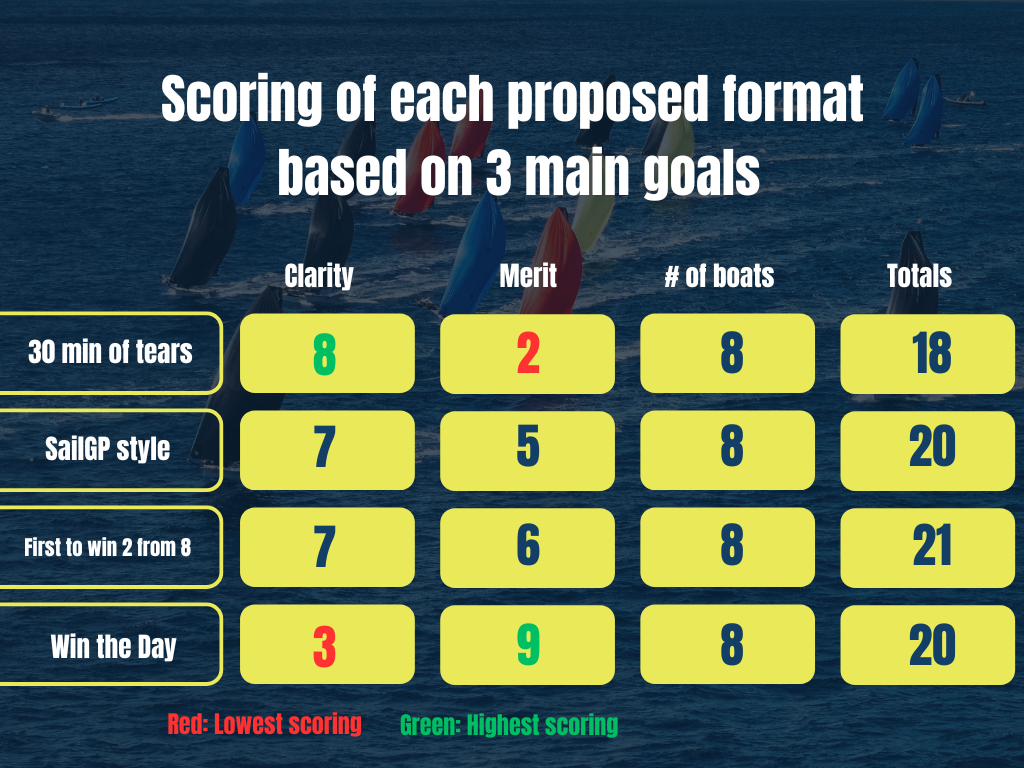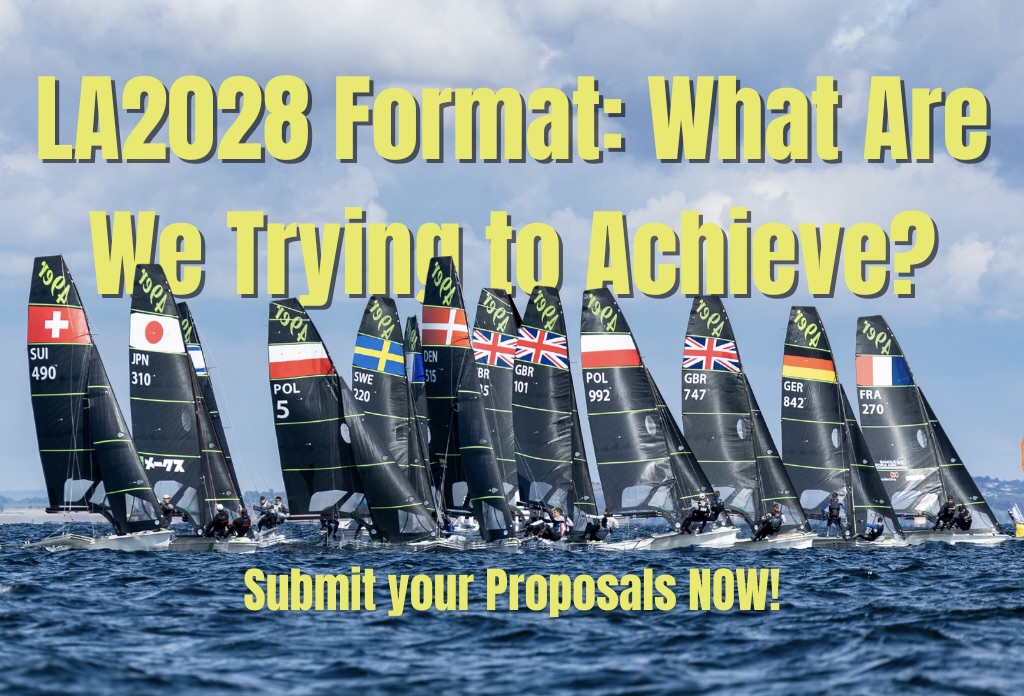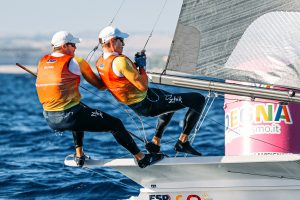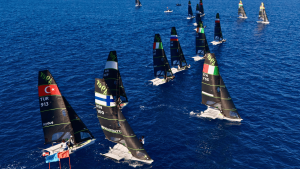Sailing currently faces a critical challenge in the world of Olympic broadcasting. According to data from Olympic Broadcasting Services (OBS), sailing ranked very poorly among the 312 events in terms of broadcast coverage. This low visibility is not just a matter of interest — it threatens the future of sailing as an Olympic sport if we cannot engage a wider audience and appeal to national broadcasters.
Several core issues make sailing difficult to broadcast effectively:
- Unpredictable start times due to weather delays and postponements
- Unclear duration — races can last anywhere from 1 to 4 hours
- Length of races — too long for standard commercial breaks (30-minute broadcast blocks)
- Complexity of the sport — it’s hard for the average viewer to follow who is winning or how medals are decided
- The current “medal race” concept can be misleading, as not all participants are realistically in medal contention
To improve sailing’s visibility and future in the Olympic program, we need to rethink the format — starting with the final stages — to make the sport more engaging, understandable, and suitable for broadcast.
This article focuses on exploring new racing formats for the final phase of Olympic sailing competition. With a new format decision due by March 2026 for the Los Angeles 2028 Olympic Games, now is the time for open discussion and bold innovation. There are three primary goals that any proposed format should aim to balance:
1) Clarity and Simplicity
For example, first across the line wins — this is the most understandable way to conclude a regatta. It’s especially important for Olympic storytelling and for engaging general audiences.
It also ensures that everyone watching — whether on the water without commentary, graphics, or scoring information, or online with full live coverage — can clearly understand who is winning.
2) Merit-based Outcome
The format should reward skilled performances. Teams that consistently perform well over multiple days should be able to convert that effort into a meaningful advantage — success shouldn’t come down to luck alone in the final stages.
3) Appealing to Global Audiences
When we have more boats racing together in the final stages, more nations will follow, support, and broadcast the event and racing will be more exciting to watch.
The Trade-Offs We Face
While all three goals are desirable, it’s extremely difficult to achieve all of them at the same time. In most scenarios, a format can successfully deliver on two of these goals, but not all three. For example:
- A format that ensures a clear winner and includes 8 or 10 boats in the final may need to sacrifice merit by ignoring prior results.
- A format that rewards week-long performance and includes many boats may result in a less clear or less dramatic winner moment.
- A format that is fair and provides a clear finish may only involve a very small number of boats, which reduces spectacle and global reach.
Recognizing these tensions helps us have a more honest and productive conversation about the trade-offs involved.
Additional considerations when evaluating formats:
- The final medal race should have a clearly scheduled start time, so broadcasters can plan coverage and viewers know when to tune in.
- Ideally, the format also includes a predictable end time, which is important for broadcast scheduling and overall viewer engagement.
Leading Format Proposal (World Sailing Format Working Party)
Here are 3 examples of formats that provide a different balance and better overall outcome than the 30 min of tears proposal.
What We’re Asking From You:
We’re inviting you to submit additional format proposals that consider and balance the three main goals outlined above. We are especially interested in ideas that explore alternative trade-offs or bring new perspectives.
Please draft and submit your suggestions to Ben@porttackracing.com . We will then create a survery where you will be able to vote on one or two formats.
To be clear, we are not the ones deciding the final format, but we can play a significant role by contributing ideas, discussing them openly, and persuading to go in a certain direction.








